Left 4 Dead
Don't call 'em zombies. Pssst... they're zombies
Friends, at last: we have a game in which you can kill a man with a medkit. Remember, Left 4 Dead’s hordes aren’t strictly zombies: they’re people with crazy-rabies. One shot will rip a limb clean off, but they can survive a few close-up thwacks. And every weapon and item - including medkits - has a melee attack. Indeed, our latest chance to play four-player co-op led to an emergent minigame; we’re calling it Zombie Tennis. Select the most humiliating item in your inventory, stand on either side of the last remaining zombie in a horde, and whack him back and forth between you until he collapses and dies.
Hilarity - and longevity - is added by Left 4 Dead’s delectable blend of animation and physics that controls how a felled zombie falls. Namely, that he sometimes doesn’t do so in any hurry. They stagger, gibber, flail, lurch, spin dumbly, groan, bonk their head on a wall, stumble, trip and tumble into a broken heap; its bloodstained mouth finally relaxing from its rigid scream of incoherent anger. The comedy value of this - even when you’re not prolonging it with Zombie Tennis - means you spend as much time laughing as yelping in fright. This is a part of gaming’s brave new future that we can get excited about.
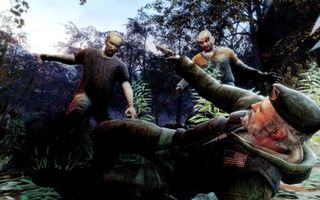
The standard zombies are easy to toy with, and there are thousands infesting the murky countryside, headlamp-lit cornfields and abandoned country homes that play host to the one of four mini-campaigns we played. It’s harder to humiliate one of the ‘special’ zombies: Hunters pounce rapidly, Smokers can trap you with their tongue, Boomers blow up at the first opportunity, and the Tank... don’t touch the Tank.
If you do manage to play ‘Special’ Zombie Tennis, you have the added satisfaction of knowing that it’s probably a human player you’re victimising. The near-perfect AI will happily play these roles - or those of any Survivors needed to make up a team of four - but while you’ll probably only want to play as the Survivors with your friends, or with strangers with good Steam Community stats, anyone will do as the Infected. We plan to leave those slots open to all-comers when we play - having acerbic, repugnant or incompetent players in those roles only adds to the fun.
The ‘Special’ zombies are at a disadvantage anyway - the game is crafted primarily around the Survivors, and balanced so that an average bunch should usually make it through most of a campaign without dying. Not all the way, though - an average bunch of players will usually be wiped out toward the end of the final map. That’s intentional. Each campaign builds to a spectacular last stand at the end of its fourth sub-map, where the survivors must hold out against an epic influx of zombies, both regular and special.
In the campaign we played this time, that meant holing up in a farmhouse until the military arrived, brain-guzzlers pouring in through the cornfields and forests outside. We died just moments from salvation, but that’s how Valve like it: they feel nearly making it is the most compelling experience.
Mar 17, 2008
Sign up to the GamesRadar+ Newsletter
Weekly digests, tales from the communities you love, and more
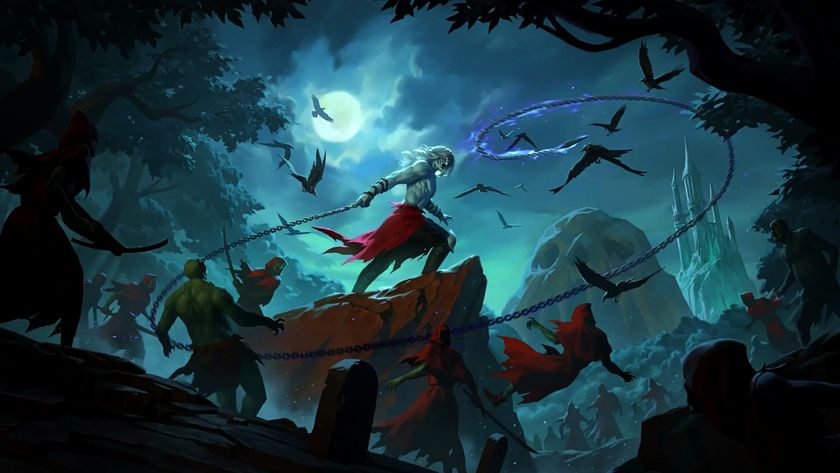
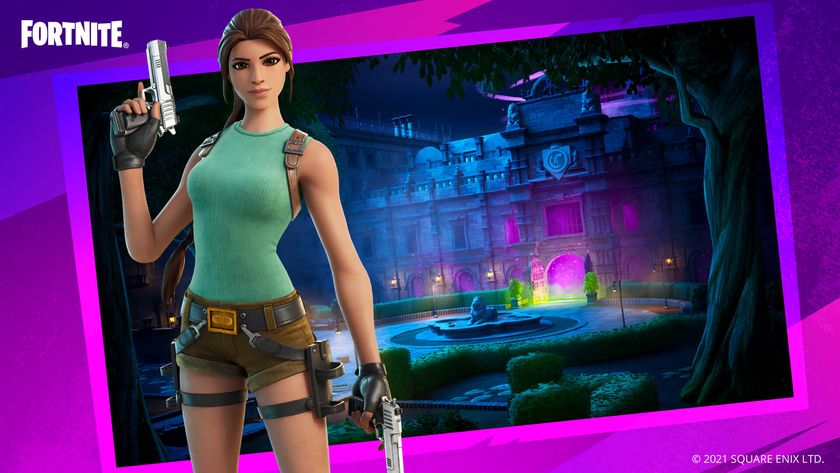
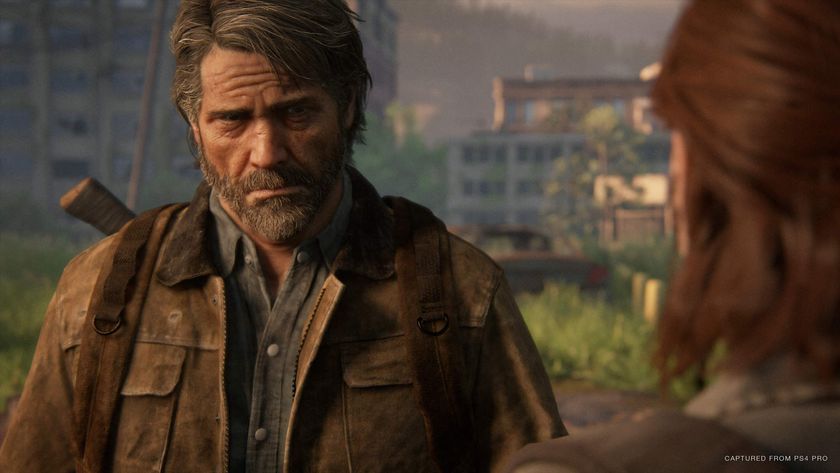
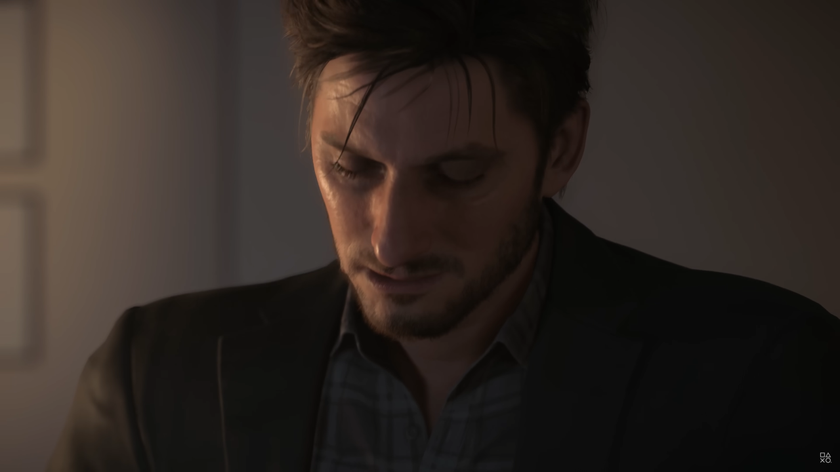
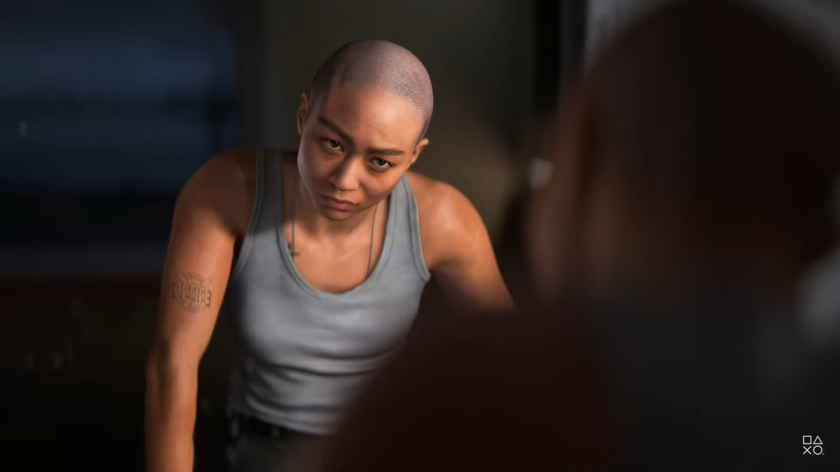








After 37 years, this Commodore 64 classic returns with a new Metroidvania sequel that gives serious old-school Castlevania vibes

Fortnite has had Tomb Raider's Lara Croft locked away in battle pass exclusivity jail for almost 4 years, but she's reportedly getting a new skin very soon





